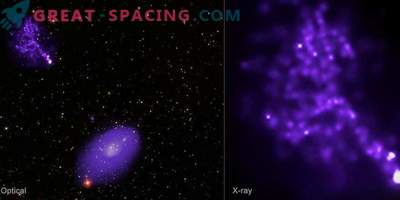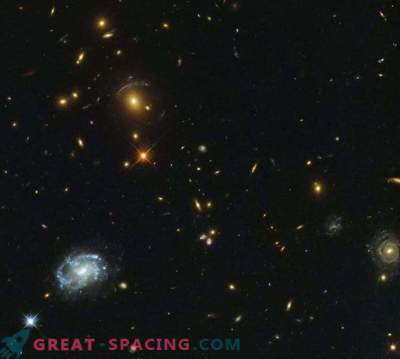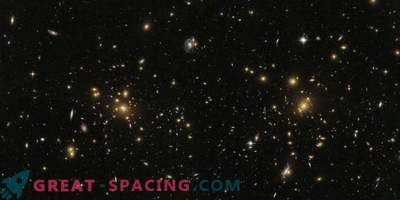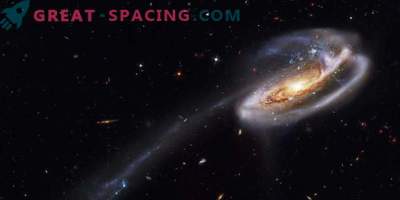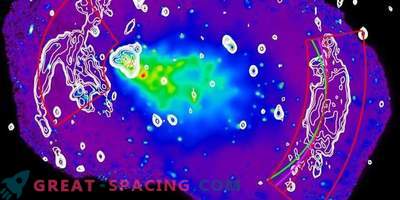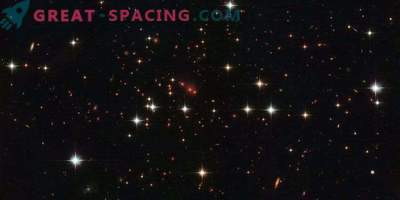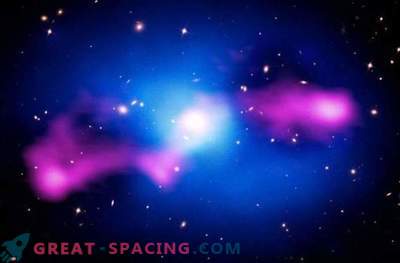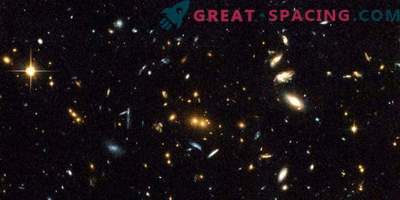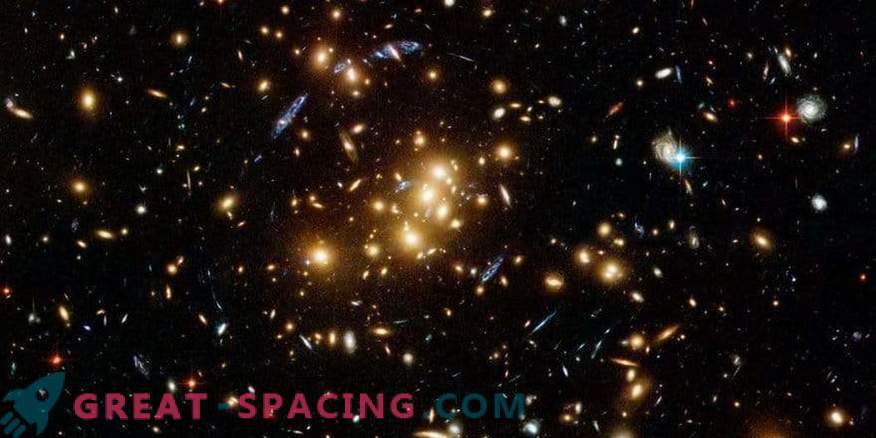
Galactic cluster capable of accommodating hundreds and even thousands of galaxies united by gravitational force
In the process of merging, two galactic clusters formed a layer of hot gas between them, caused by turbulence from impacts at supersonic speeds. As a result, they will create a large cluster of Abell 115, distant by 2.4 billion light years. The appeared gas line heats up to 300 million degrees Fahrenheit (10 times the temperature of the solar core).
No one expected to see so hot gas between clusters. Both contain hundreds of large galaxies (more than ours). The most ambitious are those that contain thousands.
Speaking from an energy point of view, such collisions are the strongest and most dramatic ecumenical attacks after the Big Bang. These systems continue to evolve now.
For observations, scientists used the Chandra Observatory and the Very Large Antenna Grid. Computer models displayed a region of cooled gas near the nuclei of clusters. This suggests that they had previously encountered and most likely revolved around each other, clearing the territory. To compute temperature readings, the researchers created a program to create high-contrast temperature maps of cluster areas. They continue to track radio emission beyond the limits of the Abell 115 into space. These rays are triggered by electrons in the magnetic field of the cluster and it is obvious that some event activated these electrons. For comparison, the researchers examined a sample of 50 other clusters.
What is in store for Abell 115? This is a difficult accretion process. There is an opinion that the new cluster will stabilize and “calm down”. That is, it will become quite boring for researchers and lose such vigorous activity and drama as it is now.
Galactic clusters are forming into the space network. It is represented by narrow strings of galaxies and gas, separated by large-scale voids. Interestingly, single threads can stretch over hundreds of millions of light years. And it is amazing if you remember that 1 light year equals 5.9 trillion miles.

